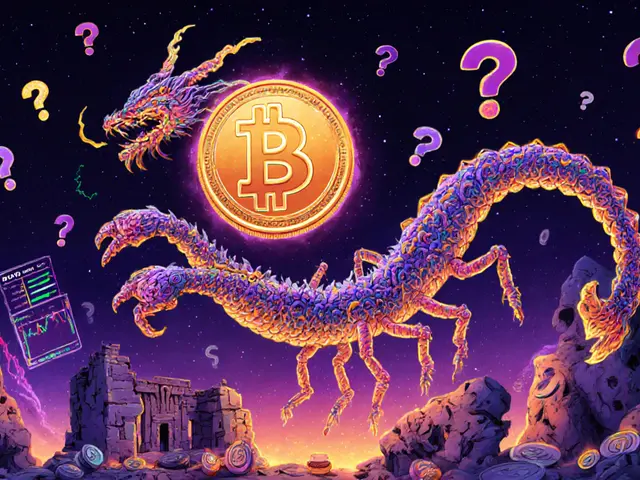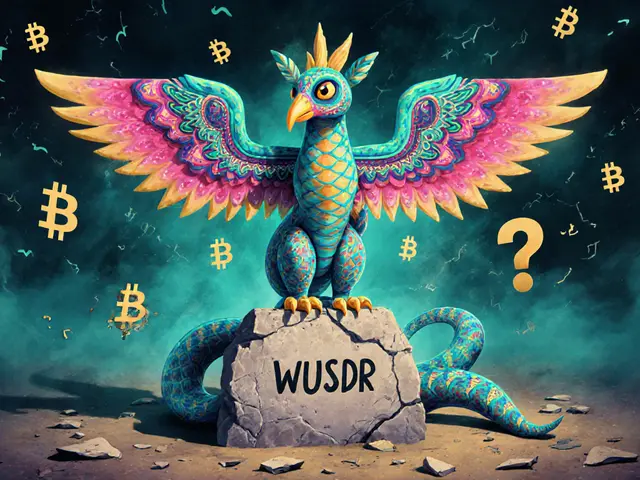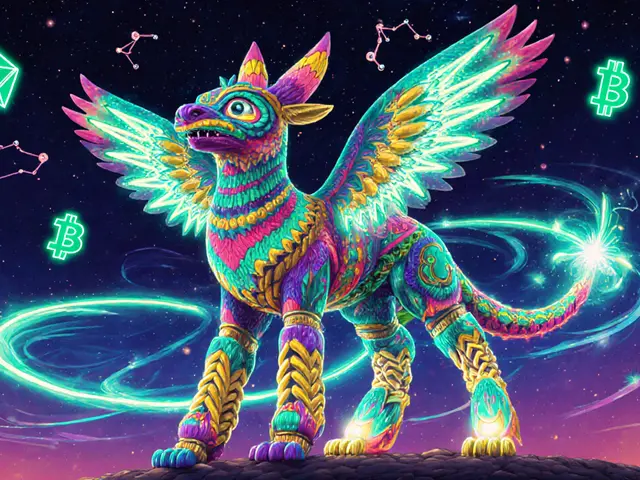$POSI tokens: What They Are, Why They Don't Exist, and What to Watch Instead
When you hear about $POSI tokens, a supposed cryptocurrency that circulates only in rumors and fake social media posts. Also known as POSI coin, it's not listed on any major exchange, has no whitepaper, and shows up nowhere on blockchain explorers. It’s a ghost token—created by bots, spread by scammers, and designed to trick people into chasing something that doesn’t exist. This isn’t a glitch or a new project waiting to launch. It’s a classic crypto scam pattern: invent a name that sounds technical, slap it on a meme, and wait for FOMO to do the rest.
Scammers love using symbols like $POSI because they mimic real token tickers—$SOL, $ETH, $BTC—and make fake listings look convincing. But real tokens have on-chain activity, team members, and community discussions. $POSI has none of that. It’s like seeing a brand-new smartphone model advertised with no specs, no photos, and no store that sells it. If you search for $POSI on Etherscan, BscScan, or Solana Explorer, you’ll find zero results. No contract address. No transactions. No liquidity pool. That’s not a mistake—it’s the whole point.
What you will find are dozens of posts on X (Twitter), Telegram, and Reddit claiming $POSI is about to airdrop, pump 100x, or be listed on Binance. These posts often link to fake websites or phishing wallets. Some even use AI-generated images of fake dashboards or fake exchange listings. The goal? Get you to connect your wallet, click a link, or send a small amount of crypto to "claim" your tokens. Once you do, your funds vanish. This isn’t speculation—it’s theft dressed up as opportunity.
Real crypto projects don’t hide. They publish code, share team identities, and update their communities. If a token has no GitHub, no Twitter with real replies, and no history of development, it’s not a project—it’s a trap. Look at the posts below: you’ll see real examples of dead or fake tokens like veDAO (WEVE), a completely fabricated project with no blockchain presence, or Diyarbekirspor Token (DIYAR), a fan token with zero circulating supply and no utility. These aren’t just inactive—they’re warning signs. $POSI fits right in.
Here’s what you should care about instead: how to spot fake tokens before you lose money. Learn how to check contract addresses, verify team members, and spot red flags in whitepapers. Understand why airdrops from unknown projects are almost always scams. Real value comes from projects with open-source code, active development, and real users—not from symbols that pop up overnight.
Below, you’ll find real reviews of dead tokens, failed exchanges, and confirmed scams. Each one teaches you something about what to avoid. The goal isn’t to list every fake coin—it’s to help you build a habit of asking: "Does this even exist?" If the answer isn’t clear, walk away. You’ll save more than money—you’ll save time, stress, and your crypto future.










